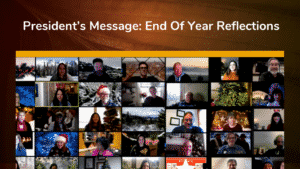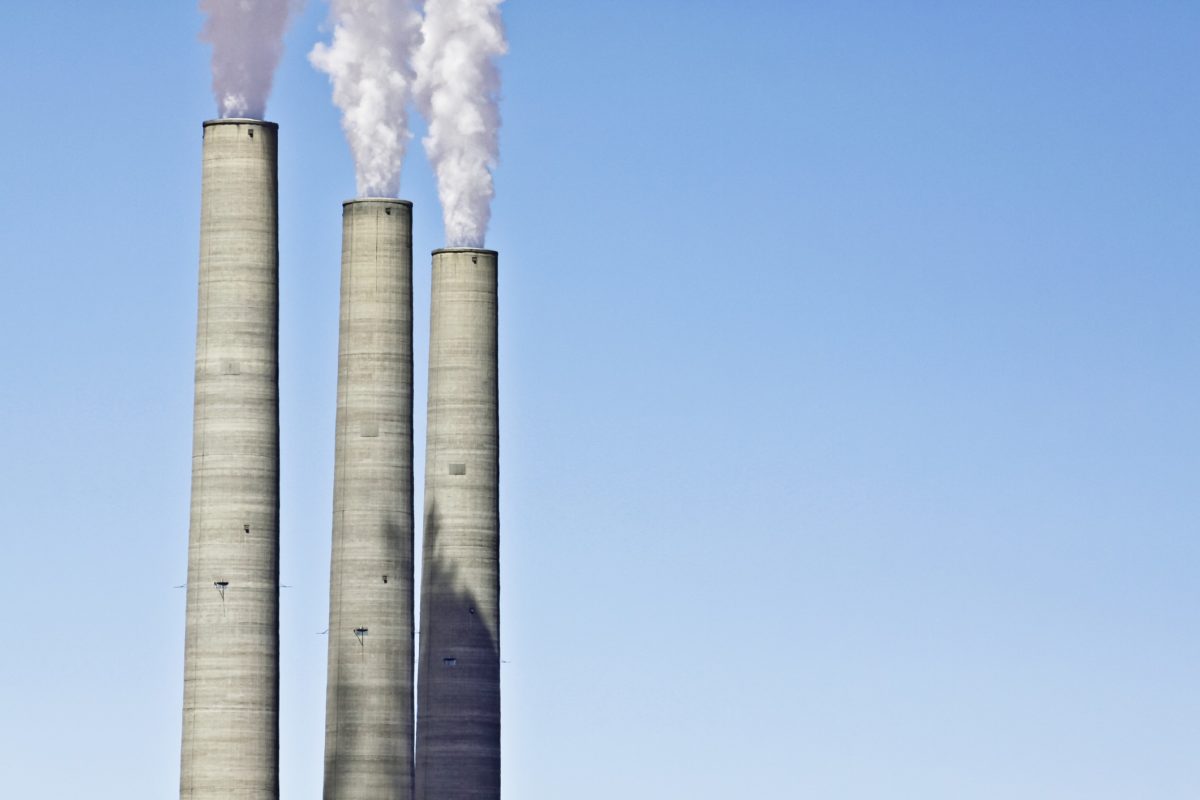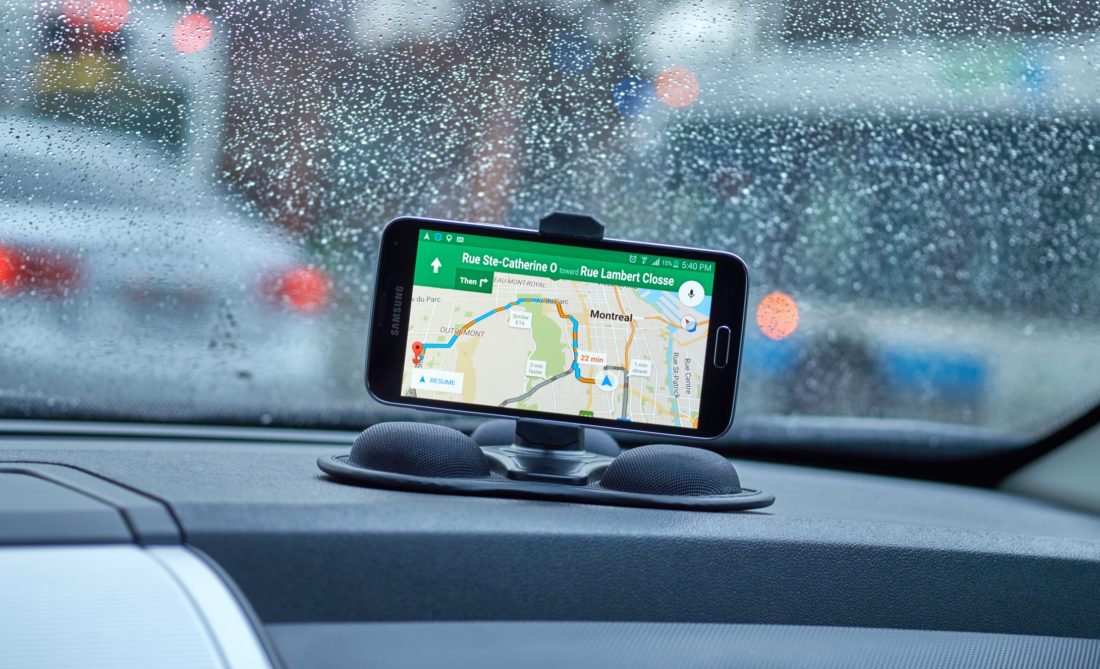First, what is a carbon footprint and why does it matter?
Your carbon footprint is the sum of all greenhouse gases, specifically carbon, that is emitted as a result of your activities and actions.
According to the EPA, burning coal, natural gas, and oil for electricity and heat is the largest single source of global greenhouse gas emissions.” The transportation sector is another large contributor to carbon emissions with both driving and flying.
Lowering your carbon footprint is important because as Greenmatters explains, carbon emissions increase the amount of carbon dioxide in the atmosphere, which becomes trapped beneath the ozone layer and contributes to breaking it down, leading to less protection against solar radiation and UV light. Not only this, but increased carbon emissions also contribute to pollution and climate change.
Before trying these tips, get a baseline by calculating your carbon footprint here! If you are already working to reduce your carbon footprint, thank you for helping to make a difference.
-
-
Incorporate biking and walking into your routine when possible.
As of 2019, transportation accounts for 29% of total U.S. greenhouse gas emissions. Walking, biking, using public transportation, and making your driving trips shorter or less frequent can all help.
-
Cut down on your use of plastic.
Plastic has a large carbon footprint because it is made from oil or natural gas and requires lots of energy to create. Using a metal water bottle instead of plastic, saying no to plastic straws, or purchasing less or no plastic-wrapped items at the grocery store are all great places to start.
-
Shop Local.
- Instead of buying food that was transported long distances to get to you, try buying at the farmer’s market! This lowers the carbon footprint of your shopping trip and as a bonus, it supports the local economy.
-
Unplug items in your home when you’re not using them.
As of 2019, electricity accounts for 25% of total U.S. greenhouse gas emissions. Especially if you are going on a long vacation, remember to unplug your appliances when you aren’t using them. This will also save you money on electricity in the long run!
-
Use navigation to avoid traffic.
Use your phone navigation map to identify routes with less traffic, because idling your car creates more carbon emissions than a quicker trip would.
-
Turn off your camera during video calls.
If you don’t like having your video on during zoom calls, we have great news for you! According to a new study from Purdue University, “leaving the camera off during a video call could cut your environmental impact by up to 96 percent.”
-
Get energy-efficient appliances.
If you are able to purchase energy-efficient appliances, it will cut down on not only energy use but also your costs. There are energy-efficient options for washers and dryers, humidifiers, refrigerators, dishwashers, air purifiers, and air conditioners.
-
Repurpose and recycle.
Most people are aware of “reduce, reuse, recycle” as an easy way to help the environment. If you are new to recycling, check with your city to get the details on what types of materials it accepts for recycling.
-
Support renewable energy.
Check if your electricity company has a renewable energy option and enroll in it. For example, Portland General Electric has multiple renewable energy options including the ability to make all of your energy use renewable for about $6 more per month.
-
Support sustainable clothing brands.
Invest in durable clothing rather than in the cheaply made fashion trends of the day. Fast fashion contributes to global greenhouse gas emissions “due to the energy used during its production, manufacturing, and transportation of the millions of garments purchased each year.”
-
In instances where you reasonably can’t lower your carbon footprint any further, you can also make donations to offset it. For example, CarbonFund allows you to “make a tax-deductible donation to offset your carbon footprint and support one of [their] industry-leading carbon reduction projects.”
Bonus activity: Become more involved in sustainability!
You can become educated about sustainability to make a difference! Join our ACHS team in the Ecochallenge this July and learn to build sustainable habits with us. Join here.
You can also check out our two free webinars on sustainability that are coming up next week:
ACHS Faculty Member Lisa Warman will guide us through a spirited conversation about the intersection of Wellness and Sustainability. Our special guest for this conversation is Annemarie Sampson, Senior Director at Mission Driven Wellness. Annemarie promotes a holistic approach to wellness that includes how we interact with the planet as well as our personal, home, and work communities. Please join us as we explore the intertwined nature of Wellness and Sustainability.
Register: https://achs.zoom.us/webinar/register/WN_NvXGcanZQ4yz1uG2Pwsv2g
We have secured a free 45-minute educational version of 2020’s Tribeca-selected documentary “Kiss the Ground.” We will watch the documentary together and share in conversation about the movie. Please join us as we learn about climate change from a different perspective.
Register: https://achs.zoom.us/webinar/register/WN_k3VDEEivT4Sglg2l6EyA8w
We look forward to seeing you at our events next week! If you have any additional sustainability tips, please feel free to share them in the comments.
References:
[1] Merriam-Webster. (n.d.). Carbon Footprint. Merriam-Webster. https://www.merriam-webster.com/dictionary/carbon%20footprint.
[2] Krosofsky, A. (2021, January 18). Why Are Emissions Bad for the Environment? Green Matters. https://www.greenmatters.com/p/why-are-emissions-bad-for-the-environment.
[3] Environmental Protection Agency. (2021, March 25). Global Greenhouse Gas Emissions Data. EPA. https://www.epa.gov/ghgemissions/global-greenhouse-gas-emissions-data.
[4] Carbon Footprint Ltd using RADsite CMS (https://www.radsite.co.uk/). (n.d.). Carbon Calculator. Carbon Footprint Calculator. https://www.carbonfootprint.com/calculator.aspx.
[5] Environmental Protection Agency. (2021, April 14). Sources of Greenhouse Gas Emissions. EPA. https://www.epa.gov/ghgemissions/sources-greenhouse-gas-emissions#transportation.
[6] Joyce, C. (2019, July 9). Plastic Has A Big Carbon Footprint – But That Isn’t The Whole Story. NPR. https://www.npr.org/2019/07/09/735848489/plastic-has-a-big-carbon-footprint-but-that-isnt-the-whole-story.
[7] Environmental Protection Agency. (2021, April 14). Sources of Greenhouse Gas Emissions. EPA. https://www.epa.gov/ghgemissions/sources-greenhouse-gas-emissions#electricity.
[8] Frost, R. (2021, February 3). Turning off your camera in video calls could help cut carbon emissions. euronews. https://www.euronews.com/green/amp/2021/01/18/turning-off-your-camera-in-video-calls-could-cut-carbon-emissions-by-96.
[9] Williams, T. (2021, May 27). Energy efficient appliances: Worth the investment?: Save On Energy®. Save On Energy Blog. https://www.saveonenergy.com/learning-center/post/energy-efficiency-appliances/.
[10] Community renewable programs. PG&E renewable energy programs. (n.d.). https://www.pge.com/en_US/residential/solar-and-vehicles/options/solar/solar-choice/solar-choice.page.
[11] Charpail, M. (2017). Environmental Impacts of the Fashion Industry. SustainYourStyle. https://www.sustainyourstyle.org/old-environmental-impacts.
[12] Carbon Neutrality for Individuals and Businesses. Carbonfund.org. (2020, July 30). https://carbonfund.org/.
About American College of Healthcare Sciences

This commitment to our students and graduates reflects in our current survey results that reflect 98% of our students would recommend ACHS to a friend or family member.
We believe education is the most powerful tool for changing an individual and the world around us.
When a person enrolls as ACHS, it is vitally important that they graduate with tools they need to forge their own holistic and sustainable missions, build up their communities confidently and changing the face of healthcare with knowledge.
- President’s Message: End Of Year Reflectionsby American College of Healthcare Sciences●December 31, 2020
- Student Highlight: Wife and Husband Team Start New Businessby American College of Healthcare Sciences●December 22, 2020
- Student Highlight: Holistic Health, Gratitude, and Smoothies |achs.eduby American College of Healthcare Sciences●December 17, 2020
- 3 Tips For Building Better Habitsby American College of Healthcare Sciences●December 10, 2020










One Response
In the 21st century, the economies of all countries in the world are developing rapidly. At the same time, it has had a lot of impact on the environment in which we live. Excessive carbon emissions have led to a series of troubles such as glaciers melting, sea-level rise, and so on. We should save energy and reduce waste as much as possible in work and life
Comments are closed.